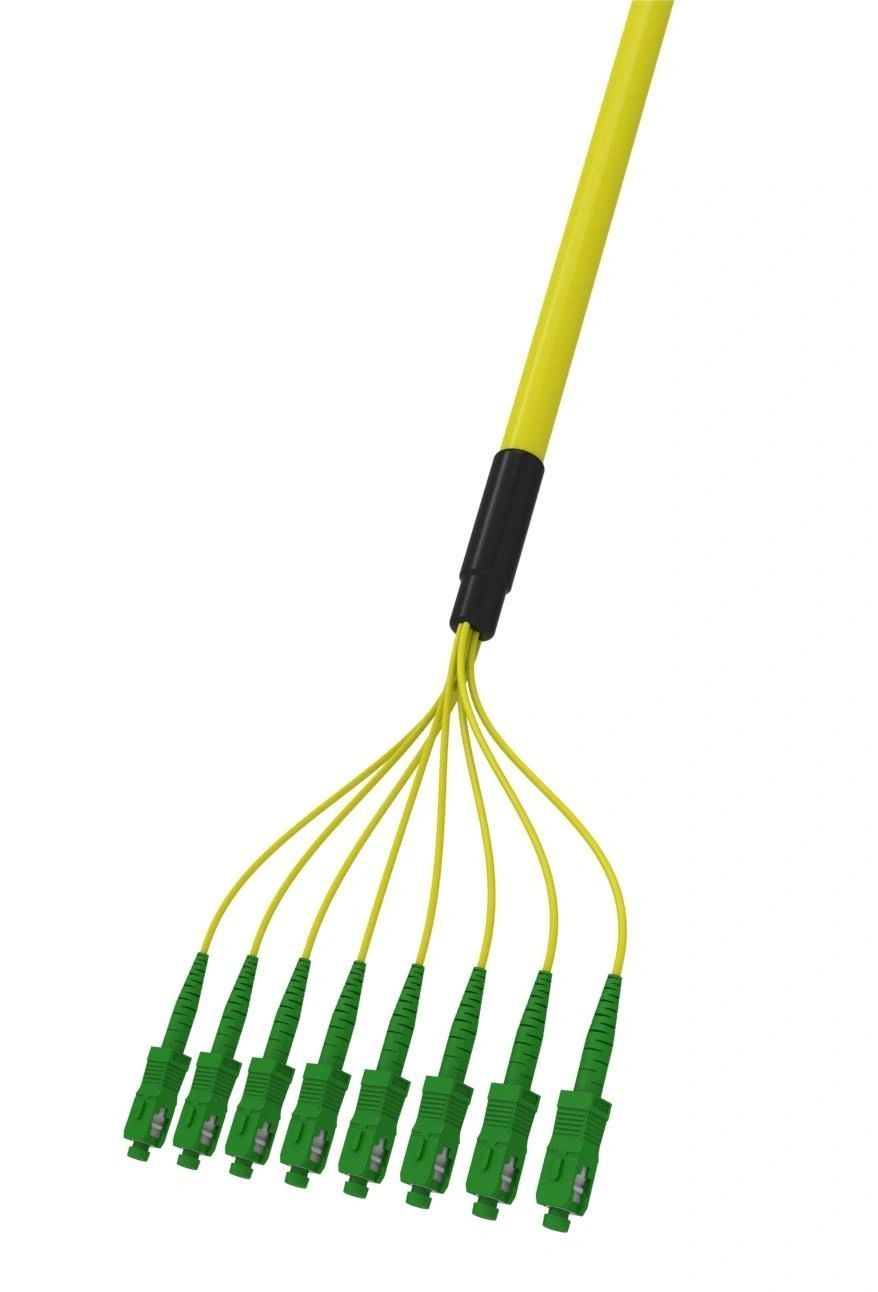
A Closer Look at Trunk Fiber and Its Importance in Modern Communication Networks
The backbone of any modern communication network lies in the trunk fiber, a core component that enables the seamless transmission of enormous amounts of data across vast distances. Trunk fiber, also known as fiber optic trunking, forms the foundation of our connected world, fueling our increasing reliance on high-speed internet, telecommunications, and other data-intensive applications. In this article, we will delve into the intricacies of trunk fiber, exploring its significance, functionality, and its indispensable role in ensuring uninterrupted global connectivity.
The Anatomy of Trunk Fiber
Trunk fiber refers to the high-capacity fiber optic cables that act as the main pathways for data transmission in a network. These cables are designed to carry a large volume of data over long distances, connecting various endpoints and providing the necessary bandwidth for seamless communication. Trunk fiber cables consist of multiple individual fibers, each capable of transmitting data through the use of light signals. These individual fibers are then bundled together, protected by robust outer sheaths, and often deployed underground, underwater, or on overhead lines to establish a reliable communication infrastructure.
The Role and Importance of Trunk Fiber
The primary role of trunk fiber is to establish the backbone of a communication network, ensuring efficient data transmission across vast distances. With its incredibly high bandwidth capacity, trunk fiber enables the swift transfer of massive data volumes, supporting the demanding requirements of bandwidth-hungry applications, such as video streaming, cloud computing, and online gaming. Moreover, trunk fiber plays a pivotal role in interconnecting different network segments, enabling seamless collaboration between various devices, servers, and geographical locations.
Trunk fiber is also critical for achieving low-latency communication, a key factor in real-time applications. As data travels through the optical fibers at the speed of light, the transmission delays experienced in traditional copper-based networks are significantly reduced. This enables near-instantaneous data transfer, powering time-sensitive applications like voice and video conferencing, financial trading platforms, and remote robotic control systems.
The Future of Trunk Fiber
As the demand for high-speed, reliable, and secure data transfer continues to grow, the future of trunk fiber remains exceptionally promising. Technological advancements are constantly improving the efficiency and capacity of fiber optic trunking systems, allowing for even greater speeds and bandwidths.
Furthermore, the deployment of advanced fiber optic networks, such as 5G and beyond, will further propel the growth and significance of trunk fiber. These networks will require an extensive network of trunk fiber cables to support the increasing number of connected devices, the proliferation of Internet of Things (IoT) applications, and the exponential rise in data traffic.
In conclusion, trunk fiber, with its ability to transmit vast amounts of data over long distances, is the backbone of modern communication networks. Its crucial role in establishing high-speed, low-latency connectivity is fundamental to our interconnected world. As technology advances and the demand for data continues to rise, trunk fiber will remain the lifeline that enables seamless communication, propelling us toward a more connected future.



